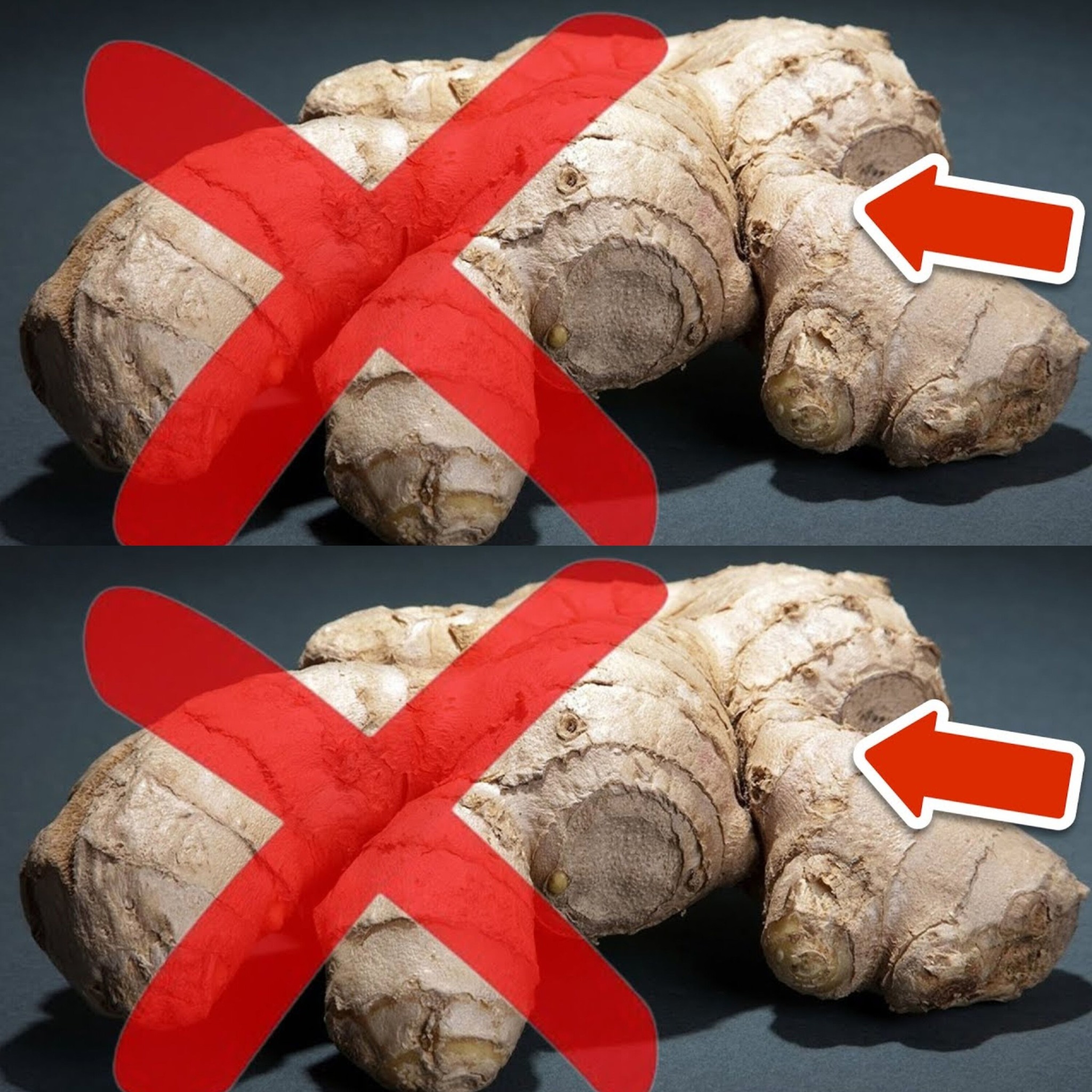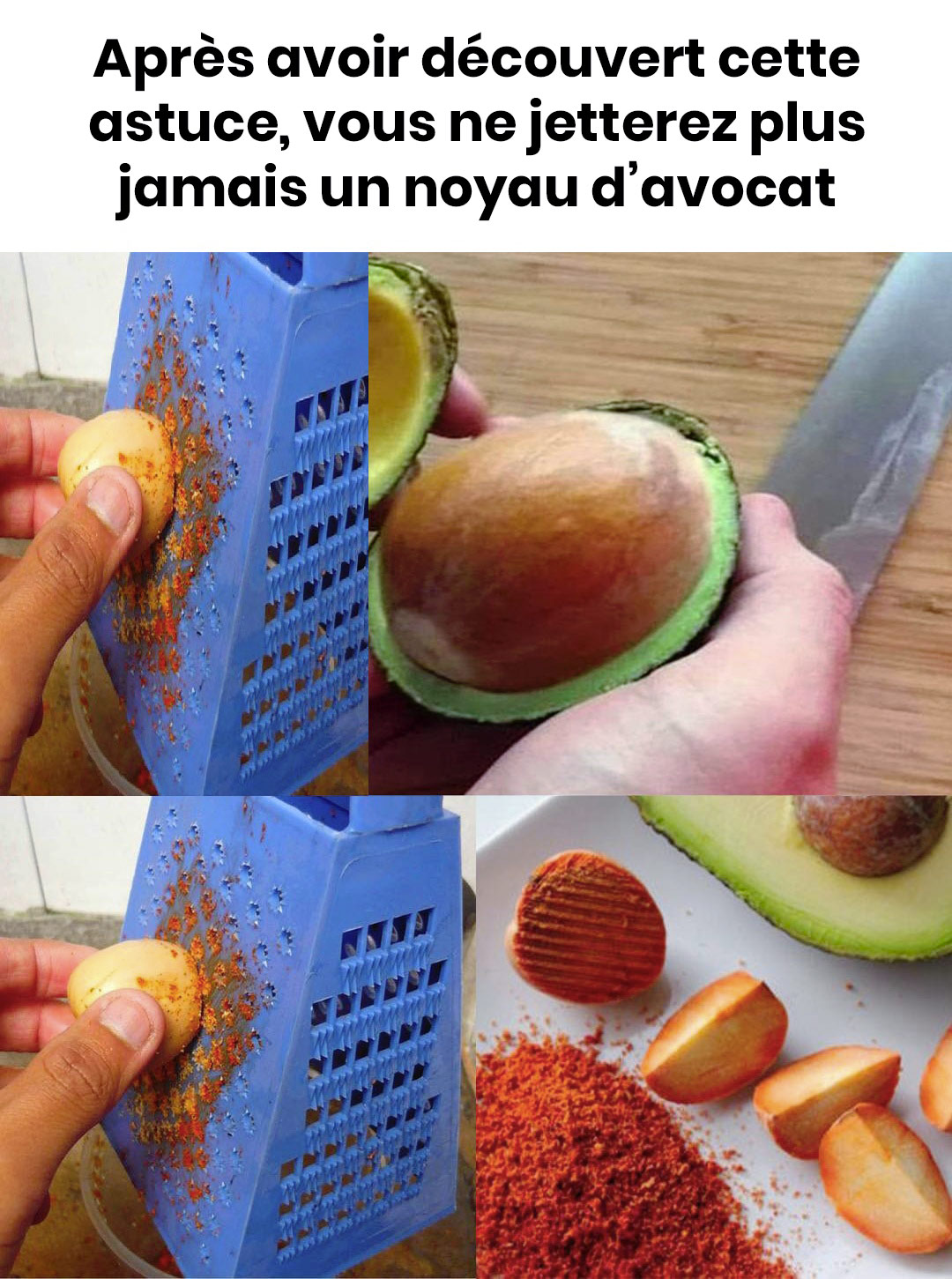Step-by-Step Instructions: How to Make Perfect Crêpe Batter
Step 1: Mix Dry Ingredients
Start by sifting the flour into a large mixing bowl. This step prevents lumps and ensures a smooth batter. Add the pinch of salt and sugar (if using).
Step 2: Add Eggs and Milk Gradually
Create a well in the center of the flour. Crack the eggs into the well. Begin whisking the eggs gently, gradually incorporating the flour from the edges.
Slowly pour in the milk a little at a time, whisking continuously. This slow incorporation is key to achieving a smooth, lump-free batter.
Step 3: Whisk Until Smooth
Continue whisking the mixture until it’s fully combined and silky smooth. The batter should be thin and pourable — similar to heavy cream consistency.
Step 4: Rest the Batter
Cover the bowl with plastic wrap or a clean towel and let it rest for at least 30 minutes at room temperature. Resting the batter allows the flour to fully hydrate and the gluten to relax, resulting in tender, flexible crêpes.
How to Cook Crêpes Like a Pro
Step 1: Heat the Pan
Use a non-stick skillet or a crêpe pan and preheat it over medium heat. To test if the pan is ready, sprinkle a drop of water; if it sizzles and evaporates immediately, you’re good to go.
Step 2: Grease the Pan Lightly
Brush the pan lightly with melted butter or a neutral oil to prevent sticking. You can use a paper towel to spread it evenly and remove excess.
Step 3: Pour and Swirl
Pour about ¼ cup (60 ml) of batter into the center of the pan. Quickly tilt and swirl the pan to spread the batter thinly and evenly over the surface.
Step 4: Cook and Flip
Cook for about 1 to 2 minutes until the edges start to lift and the bottom is golden brown. Use a thin spatula or your fingers to gently flip the crêpe.
Cook the other side for another 30 seconds to 1 minute until lightly golden.
Step 5: Repeat and Stack
Transfer cooked crêpes to a plate and stack them with a piece of parchment paper in between to prevent sticking.
Tips for the Best Crêpes Every Time
- Use room temperature ingredients: Eggs and milk at room temperature blend better with flour.
- Don’t overmix: Whisk until smooth, but avoid overworking the batter which can make crêpes tough.
- Rest is key: Never skip the resting time — it makes a huge difference in texture.
- Adjust batter consistency: If too thick, add a splash more milk; if too thin, sprinkle in a little flour.
- Keep warm: Keep cooked crêpes warm in a low oven (about 90°C or 200°F) covered with foil.
Delicious Crêpe Filling Ideas
The beauty of crêpes is how endlessly customizable they are. Here are some classic and creative fillings to try:
Sweet Fillings
- Nutella and sliced bananas
- Fresh strawberries with whipped cream
- Lemon juice and powdered sugar (a French classic)
- Honey and walnuts
- Cinnamon sugar with butter
Savory Fillings
- Ham and melted cheese (like Gruyère or cheddar)
- Sautéed mushrooms and spinach with garlic
- Smoked salmon, cream cheese, and dill
- Ratatouille veggies with a drizzle of olive oil
- Scrambled eggs and crispy bacon
How to Store Crêpes
If you have leftover crêpes (which rarely happens!), store them properly to keep them fresh.
- Refrigerator: Stack cooled crêpes with parchment paper between each layer in an airtight container. Store for up to 2 days.
- Freezer: Wrap individual crêpes in plastic wrap and freeze in a zip-top bag for up to 1 month. Thaw in the fridge overnight or warm gently in a pan.
Frequently Asked Questions
Can I make crêpes without eggs?
Yes! You can substitute eggs with flax eggs (1 tablespoon flaxseed meal + 3 tablespoons water per egg) for a vegan version. The texture will be slightly different but still delicious.
Can I make the batter ahead?
Absolutely! You can prepare the batter the night before and store it in the fridge. Just give it a good whisk before cooking.
What if my crêpes stick to the pan?
Make sure your pan is well-seasoned or non-stick. Use a light coating of butter or oil before each crêpe. If sticking persists, try lowering the heat slightly.
Nutritional Benefits of Homemade Crêpes
While crêpes may feel indulgent, they can also be a balanced part of your diet when made at home:
- Using fresh, whole ingredients means no preservatives or artificial flavors.
- You can make them lighter by adjusting sugar and fat content.
- Fillings can be nutrient-packed, especially when using fresh fruits, vegetables, and lean proteins.
Why Homemade Always Tastes Better
Homemade crêpes have that unmistakable freshness and warmth that no store-bought or restaurant version can match. Plus, making them yourself means you can tailor every detail — from thickness to flavor — just the way you like it.
Crêpes are also incredibly fun to make! Whether cooking solo or with kids, the process is simple and rewarding. Watching the batter spread thinly and turn golden in the pan is satisfying, and filling them with your favorite toppings makes every bite a celebration.
Final Thoughts
If you’ve been searching for the best crêpe batter recipe, your quest ends here. With simple ingredients and easy steps, this recipe will become a staple in your kitchen for breakfasts, brunches, desserts, and even dinner.
Don’t forget to check the comments for the full recipe and share your favorite fillings and crêpe stories with us! Happy cooking and bon appétit!





